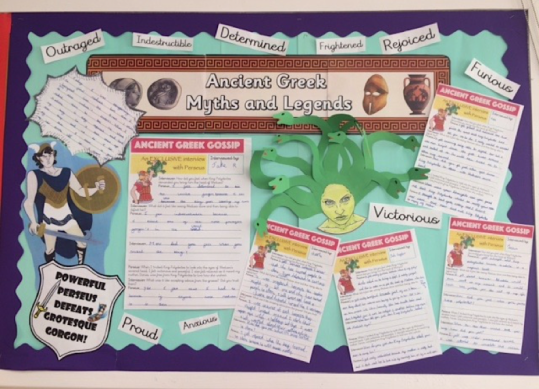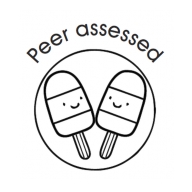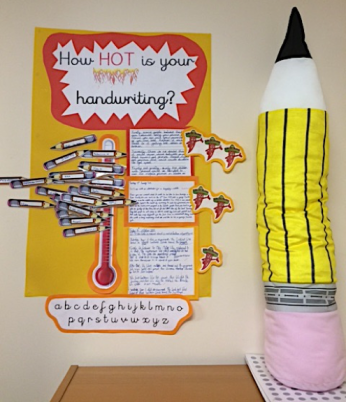What another busy day in EYFS!
I taught my first phonics lesson, and I must admit, I actually really enjoyed it. The children were so attentive and tried super hard to write the letter ‘w’ individually and within the word ‘web’! It was extremely rewarding and I am looking forward to introducing ‘x’ tomorrow!
The afternoon consisted of a computing carousel incorporating 3 different activities:
- Bee-Bots on a special Bee-Bot map! Children were exploring how to make the Bee-Bot move forwards to reach their friend at the other side of the map. They all picked up the skill very quickly and managed to successfully reach their friends. They had not done much work on this beforehand so they were still getting used to the equipment.

- Turtle Math on the i-pads! The children were very excited to use the i-pads and one even asked if it was for him to take home! Once again, using the i-pads in school is relatively new to the children so a simple app like Turtle Math allowed them to get used to school rules when using the i-pads. Naturally they were all very competent and the animations on the app were extremely positive which helped with their self-esteem if they were not confident in the maths on the app.

- TTS Rugged Racers! This looked s0 much fun. The children were controlling these cars around a set course that had been laid out. It helped them to develop directional language and it was a definite hit with the children. They had to verbalise the language they used as well as controlling the car which for some was quite a challenge. It also helped them think about basic algorithms by only being able to input forward, backward, left and right. Once the children have mastered the basic, a competition could be set up. The children could each have a turn completing the course and there could be multiple awards for the quickest time, least bumps and best directional language use.

Overall I thought the teaching of computing was amazing considering I haven’t seen it implemented by class teachers within schools. It was useful to see the basics being taught at such a young age so their skills can be built upon and continue to develop all through school. I will definitely be stealing some ideas to use within my teaching practice.













